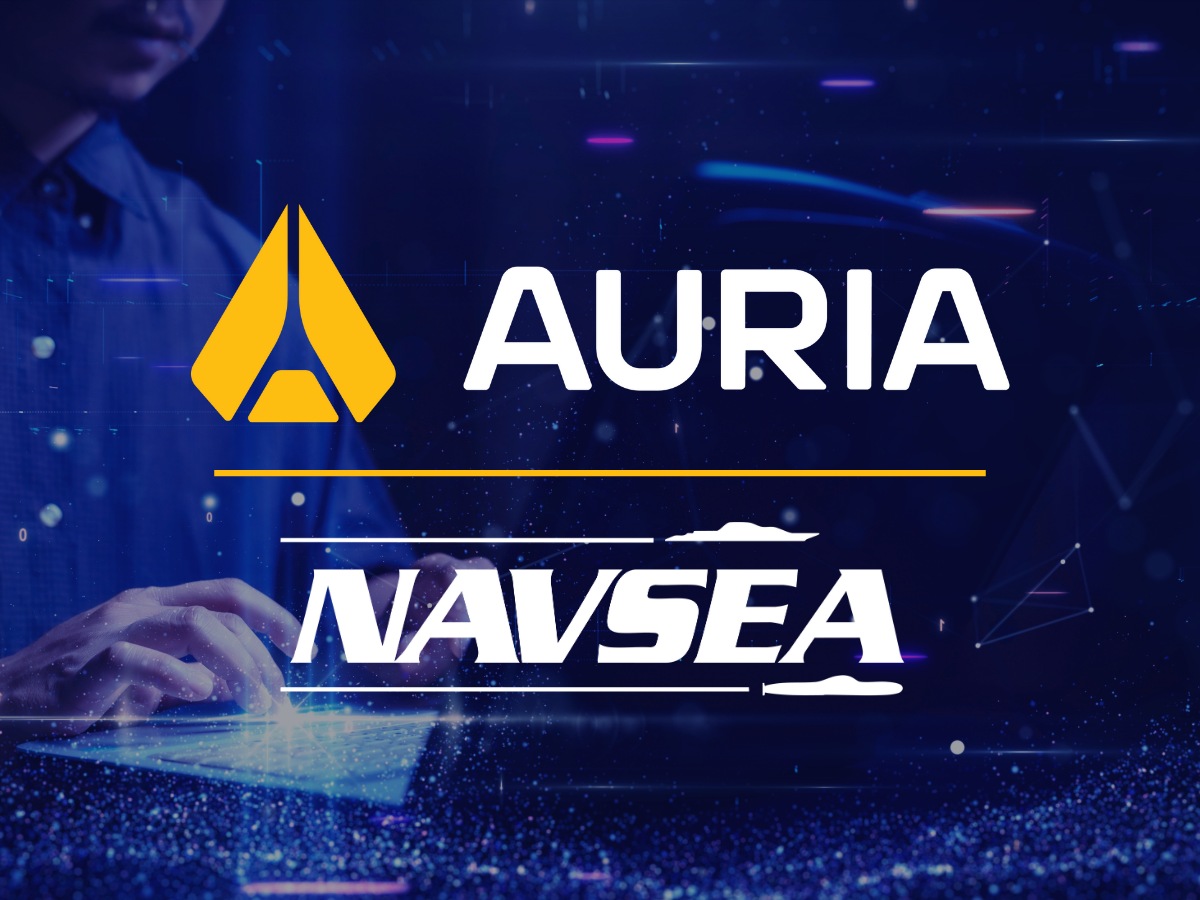Auria Delivers CAASI MVP to NAVSEA

Auria Delivers CAASI MVP to NAVSEA
Auria is proud to announce the successful delivery of the Minimum Viable Product (MVP) of its autonomous platform, CAASI (Cognitive Autonomous Artificial System Intelligence), to the Naval Sea Systems Command (NAVSEA 03) for Defensive Cyber Operations. This milestone is key to the continued support of design and development efforts focused on advancing autonomous anomaly detection capabilities for naval networks.
Developed in close collaboration with NAVSEA 03 stakeholders, CAASI is an unsupervised machine learning system that uses patented unsupervised Machine Learning (uML) techniques to analyze network traffic in real time, identifying anomalous or nefarious behavior — including Advanced Persistent Threat (APT) activity, Zero-Day exploits, botnet communications, and insider threats.
“The delivery of the CAASI MVP is a major milestone not only for Auria but for the future of autonomous cyber defense in Naval and other DoD environments,” said Damian Dipippa, CEO at Auria. “We’re honored to support NAVSEA’s mission with a system built from the ground up to adapt, evolve, and operate in some of the world’s most complex and high-stakes network environments.”
About CAASI
CAASI represents a new paradigm in autonomous cybersecurity:
- Unsupervised Learning Architecture: Operates without the need for labeled training data or predefined threat signatures.
- Real-Time Anomaly Detection: Continuously monitors live network traffic and autonomously identifies novel or stealthy attack patterns.
- Patented uML Engine: Auria’s proprietary unsupervised machine learning framework allows CAASI to adjust baselines and threat models as network behavior evolves.
- Optimized for Defense Environments: Designed for integration with DoD systems and compliance with secure enclave operational constraints.
Supporting NAVSEA’s Cyber Readiness
The CAASI MVP delivery aligns with NAVSEA’s strategic initiative to enhance cyber resilience and operational continuity across the fleet. The system is intended to augment human analysts by autonomously detecting anomalies at machine speed and reducing dwell time, false positives, and risk exposure in mission-critical systems. “We are looking forward to seeing this capability in the fleet as soon as we can” NAVSEA 03 Program Manager